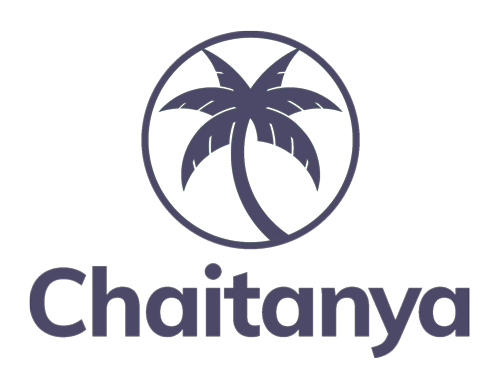January 31, 2023
Introduction
India’s financial literacy landscape figures out a long history of the cooperative movement at the turn of the 20th century. In recent years, a wide range of stakeholders, including government agencies, non-banking financial institutions (NBFCs), micro-finance institutions (MFIs), providers of financial education, and support organizations—have played significant roles in advancing financial literacy.
In this article, we’ll discuss the impact of financial literacy programs by NBFC and micro-finance institutions.
Background of financial literacy programs in India
The Indian government and non-government institutions have been active in making considerable efforts to promote financial literacy for years. Among several socially responsible organizations, microfinance companies have done a great job by supporting the financial literacy mission of India.
With help from the Indian government, micro-finance institutions (MFIs), and nongovernmental organizations (NGOs) have made very positive contributions in a way to increasing financial literacy. It makes loans and other financial services available to low-income customers.
How does financial literacy differ from financial education?
Financial literacy is the organization for economic co-operation & Development (OECD), as a mix of financial awareness, knowledge, skills, attitude, and behavior that makes wise financial decisions and, ultimately, attain individual financial well-being.
Finance education is the process by which financial consumers and investors increase their awareness of financial products, concepts, and risks via knowledge, training, and unbiased counseling. The motive of financial education is to
- Build skills and confidence
- Become more aware of financial risks and opportunities
- Make informed decisions
- Know where to turn for help
- Take other effective measures to improve their financial well-being
Why is there a need for financial literacy?
Financial literacy plays a very important role in promoting Financial inclusion, development, and financial stability in every section of society. Several research studies describe the need for financial literacy for a poor household in financial management at different stages of its life cycle. According to this argument, the effectiveness of financial literacy programs depends on how they are tailored to the life stages of the target population.
All potential stakeholders – policymakers, researchers, and academics, microfinance institutions- from all corners of the world recognize the necessity of financial literacy and its significance for financial inclusion. Several NBFCs and MFIs run programs, many of which are distinctive in their methodologies and delivery methods. Chaitanya India is one of them.
Role of technology employed by NBFC in financial literacy
Financial literacy, by itself, had no impact on financial inclusion, but when combined with internet use, it could lead to better financial access. Financial literacy enhances one’s propensity to use digital financial tools and services to increase financial accessibility. As per the research data it has been found that rural people are highly eager to engage in financial communication as it is widely accessible throughout the nation.
Non-banking finance institutions are able to connect with rural residents through digital technology to educate financial literacy. When customers are unable to access required finances, mobile apps provide a very significant option to connect with MFIs. With such efforts, rural residents not only get access to financial education but also avail of easy loan facilities.
How do financial literacy programs by NBFCs drive a country’s growth?
When a socially responsible organization driven by a group of intellectuals executes a campaign for the welfare of people, obviously it impacts-no matter to what extent. Here’s how these efforts lead to positive results:
#Brings financial peace
Digital surroundings have changed how we handle our money. All activities like spending, saving and borrowing now differ from traditional means. Also, today’s younger generation is under more financial stress than ever due to concerns like high student debt, a housing bubble in many locations, and a lack of true financial awareness. They’re in a dilemma about how or when to spend or save money. Such programs are helping students to overcome issues, and bring financial peace to their life.
#Build trust among people
Even if not every financial literacy initiative by NBFCs directly benefits the customer, they assist in developing client loyalty and trust. Even participating in early education initiatives helps financial institutions to prove their responsibility toward educating local customers. Over time, these efforts help people gradually win over more devoted customers.
#Help lower credit and debt spending
Customers with poor financial literacy overspend, purchase on credit, and incur excessive fees and fines. All of this, over time, leads to lower levels of wealth. People with higher degrees of financial education develop the ability to make intelligent financial decisions, save money, pay bills on time, invest, and grow one’s wealth. In recent years, India has made great strides toward integrating its populace with the world’s formal financial system.
In the end,
Chaitanya India one of the leading microfinance companies in India works with a mission to make financial services simple, accessible, and affordable. The company driven by financially intellectual entrepreneurs understands the value of financial education. Chaitanya ran a program on financial literacy and awareness in villages with the aim to teach financial intelligence in disadvantaged sections of society. The company is the NBFC-MFI arm of the Microfinance group in Bangalore.
Along with this, Chaitanya India also conducts consumer education programs. The company has posted consumer education material with examples describing the principles of date of overdue, SMA, and NPA categorization and upgradation, with specific reference to a day-end procedure, in order to raise awareness among the borrowers.


